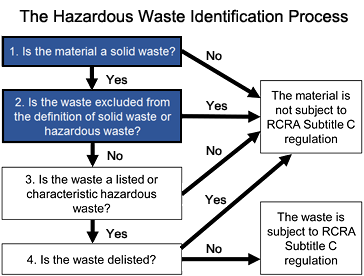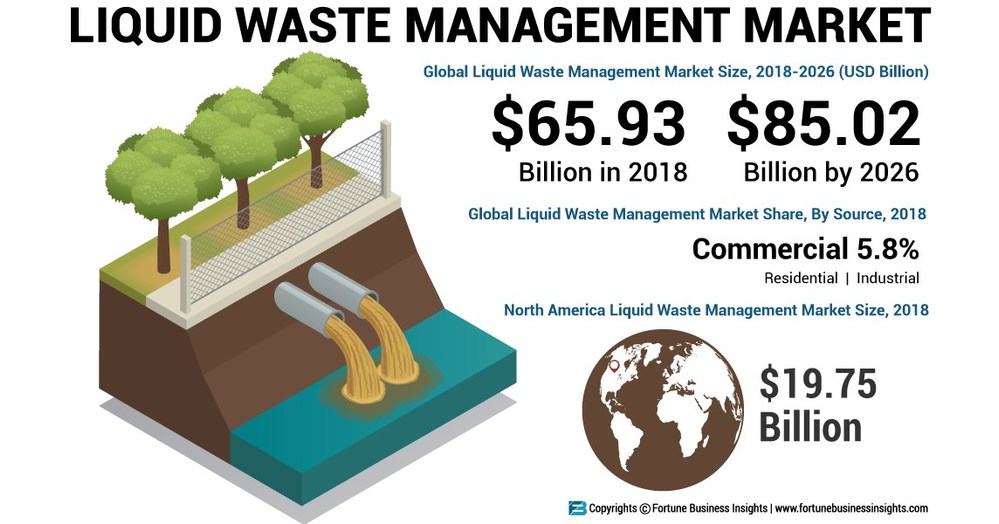9 Easy Facts About Reclaim Waste Explained

Stormwater drains take big quantities of water from roofing systems, structures, land and paved locations after rainfall. Linking commodes and other residential waste drains pipes to stormwater drains pipes can result in wastewater streaming down open seamless gutters.
Never put harmful compounds down sinks, bathrooms or stormwater drains pipes Substances including gasoline, grease, oil, chemicals and herbicides, and solvents such as paint strippers need to not be poured down sinks, bathrooms or stormwater drains pipes. These substances are challenging to get rid of in the sewer treatment process and trigger air pollution problems in our local rivers.

Usage biodegradable and phosphate-free cleaning agents or soap Detergents that are phosphate complimentary include fewer nutrients to the sewage system. Read and contrast detergent and cleaning powder tags at the supermarket, and choose products that are much more eco-friendly. Additionally, make use of pure soap or soap flakes for washing or try all-natural products such as borax, vinegar and old-fashioned arm joint oil for cleaning.
Although liquid waste is a term that covers a broad range of products, there's a good reason leaving its disposal to the experts is advised. Liquid waste is non-solid material that has no additional usage and has to be dealt with and dealt with according to neighborhood, state and government regulations.
The Ultimate Guide To Reclaim Waste
Instances of liquid waste can include wastewater, fats, oils or oil, made use of oil, fluids, solids, gases or sludges and dangerous home fluids, there are some that are considered to be more unsafe than others when it comes to the setting and the health and wellness of pets and humans alike. It's for this reason that each state and region have actually stringent regulations connected to liquid waste management.
Fluid waste can be kept in holding tanks or packaged in drums, intermediate mass containers or authorized tiny containers prior to either being treated or gotten rid of by means of outsourced vacuum vehicles. Provided the nature of the materials, fluid waste can not go in the basic waste stream and there are strict guidelines on how to deal with it correctly.
Depending on a determination of the degree of risk, it might be required to remediate those websites. Furthermore, hazardous fluid chemical wastes are regulated waste and has to be tracked based on the state waste legislation. Under the chain of wardship and obligations, proprietors are accountable and accountable for waste generated by an organization.
One of the core applications for superabsorbent polymers (SAPs) is fluid waste solidification. industrial wastewater treatment. SAPs are used by waste monitoring experts to prevent potentially unsafe fluids from getting in waterways, groundwater aquifers, and various other sensitive atmospheres. Because fluids can rapidly move pollutants right into environmental receptors and possibly add to geotechnical failings, liquid wastes are usually banned from disposal in landfills
Indicators on Reclaim Waste You Should Know
Generally, cost-free fluids are fluids that divide from the strong part of waste product. Liquid waste can include the following: HDD mud and cuttings Garbage dump leachate Wastewater therapy sludge & biosolids Dredged sediments Oil and gas drill cuttings Clearing up pond muck Hydro Excavation slurry Coal combustion residuals/ash Tank bottom sludge Concrete grinding/polishing slurry Related Article: For a practical instance of cost-free fluids dividing from waste material, consider the following scenario: A waste monitoring service provider lots a dump associate sludge from a wastewater treatment plant's aeration container, throughout a regular maintenance event.
Nonetheless, when the chauffeur shows up at the landfill, he notifications water leaching from the sludge and pouring from the dump truck. The lots was declined by the garbage dump and the driver was compelled to deal with the waste as a fluid waste at an unique facility, which raised the disposal charges significantly.
We also require to be responsible for the appropriate disposal of our waste materials. It is not enough that we pay waste disposal firms to take care of our rubbish.
Fascination About Reclaim Waste

The ideal place is a good exterior space with a lot of sunshine and air. Segregate your waste. Segregating your waste can start inside the home. Segregate completely dry and fluid waste as well as edible waste, eco-friendly and non-biodegradable products. Always keep the cover on your containers to stay clear of bugs, worms, flies, and unpleasant smells.
You can make use of old trash bin, container, yard pot or old plastic drums. Pierce 4 to 5 holes in the container so the air can circulate. Layer the bottom with soil to take in the damp waste. Beginning the composting process. Layer the compost with wet and dry waste in addition to soil to preserve an equilibrium in between the wet and the dry.
The Reclaim Waste Statements
Cover the compost bin. As soon as a week, include soil on top of the compost. To promote faster disintegration, you can likewise add semi composted soil to the garden compost. Preserve the compost. If you see the scent is ending up being too strong, include additional newspapers and paper waste or include more holes to the garden compost bin to keep the equilibrium of the waste materials.
We likewise require to be responsible for the correct disposal of our waste materials. It is not sufficient that we pay waste disposal companies to take treatment of our rubbish.
Our waste, our responsibility. Have you ever questioned what happens to your fluid Look At This waste after it's collected? Did you understand that fluid waste can be recycled? As liable citizens, you must understand what occurs to your rubbish and where it pursues it is taken away from you. Comprehending the fluid waste removal procedure is very important in assisting you to segregate your waste.
Reclaim Waste Fundamentals Explained
The suitable area is an excellent outdoor space with lots of sunlight and air. Segregate your waste. Segregating your waste can start inside the home. Segregate dry and fluid waste as well as edible waste, naturally degradable and non-biodegradable materials. Constantly maintain the cover on your bins to prevent insects, worms, flies, and undesirable odours.
You can use old trash bin, bucket, garden pot or old plastic drums. Pierce 4 to 5 holes in the container so the air can distribute. Layer the bottom with soil to soak up the damp waste. Beginning the composting procedure. Layer the compost with wet and dry waste along with dirt to preserve a balance between the damp and the completely dry.
To assist in faster decomposition, you can additionally add semi composted dirt to the garden compost. If you notice the scent is ending up being also solid, add additional papers and paper waste or add more holes to the garden compost bin to maintain the balance of the waste products.
Comments on “Some Known Questions About Reclaim Waste.”